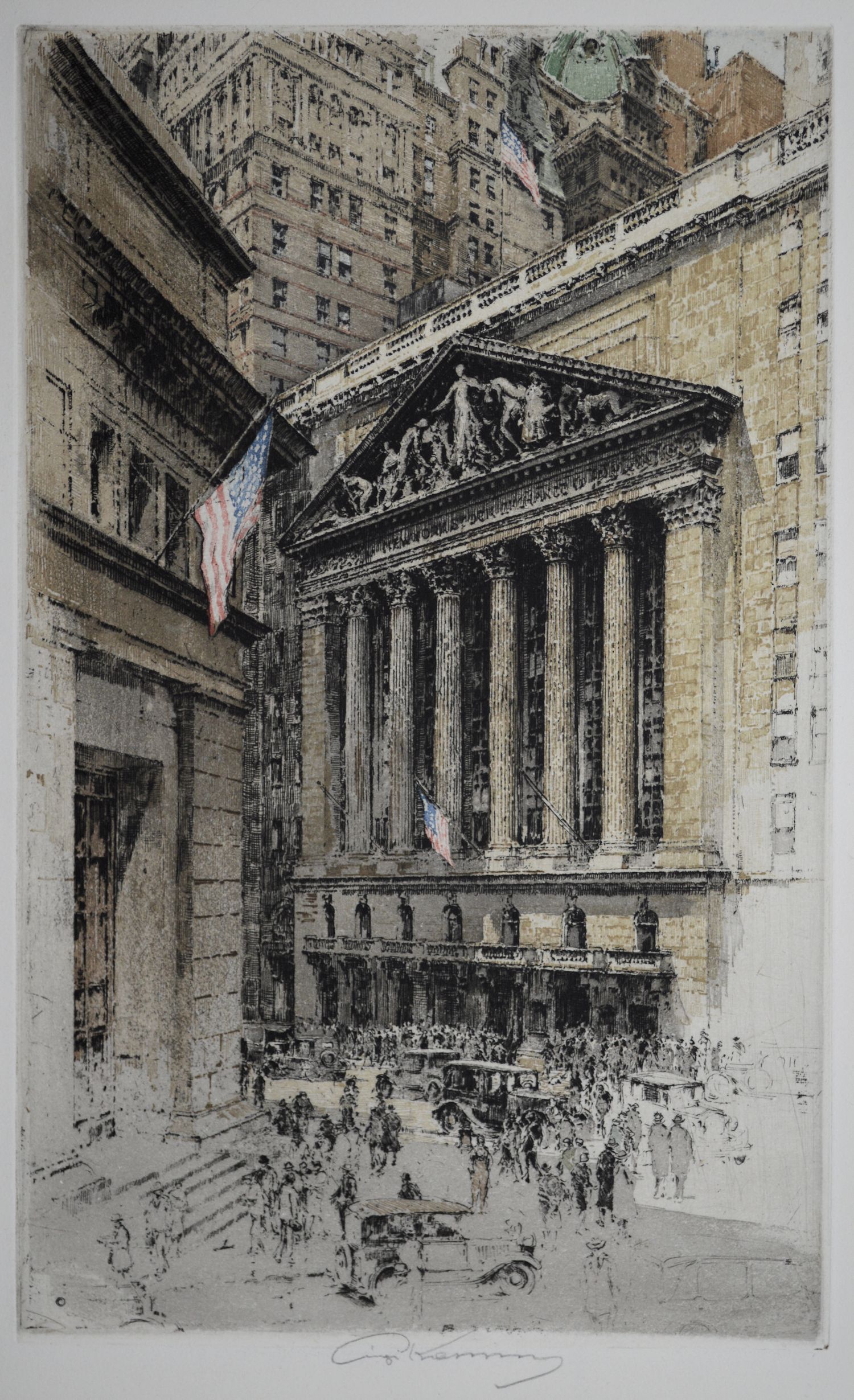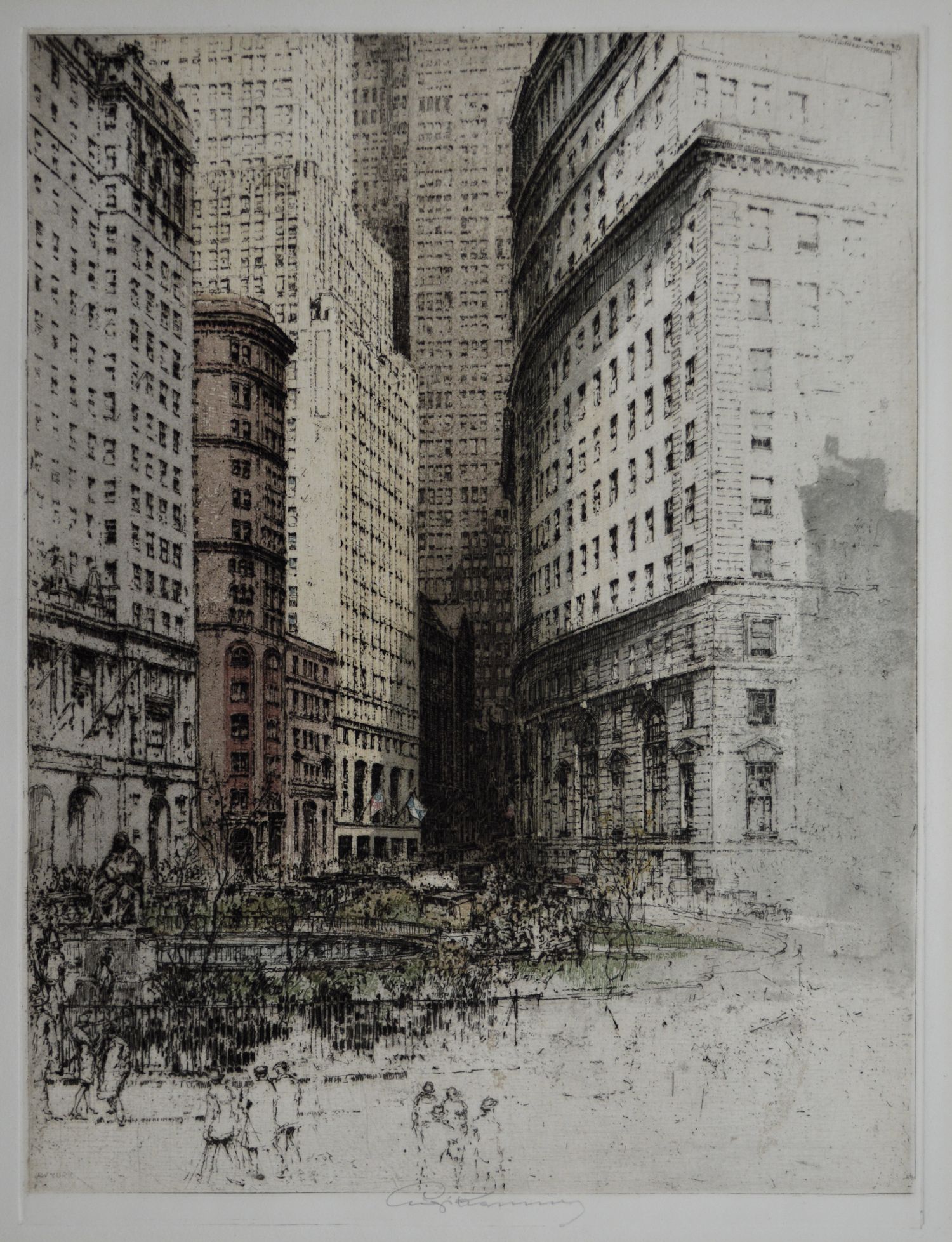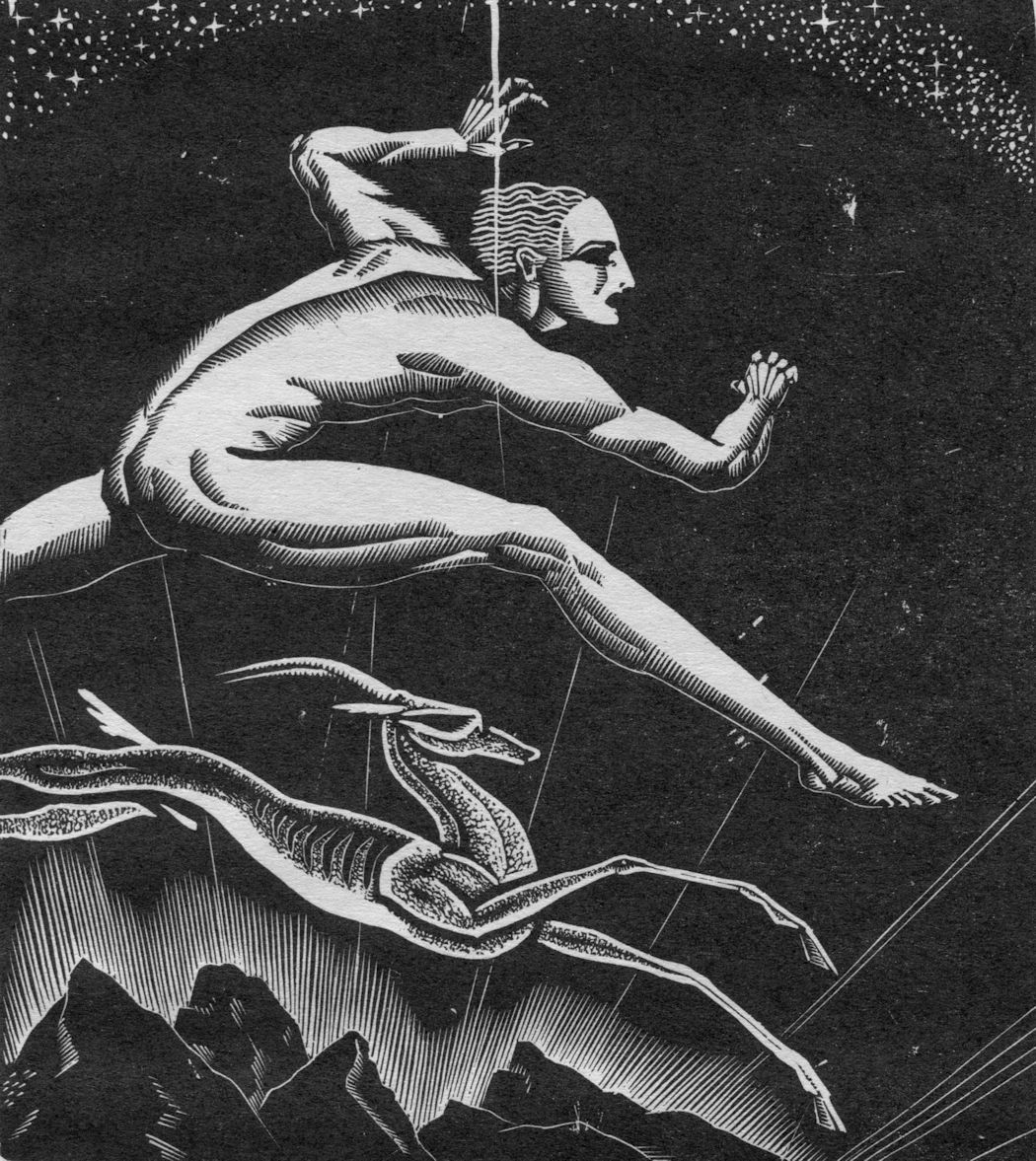Luigi Kasimir (1881 - 1962)
Noted printmaker Luigi Kasimir, the son and grandson of painters, was born at Ptuj, Slovenia, then a part of the Austro-Hungarian empire. He attended the Vienna Academy of Art and studied under Wilhelm Unger, who introduced him to the technique of the hand-colored etching. Kasimir was one of the earliest practitioners of color etching creating separate plates for each color and employing as many as six different plates for each color in a given work in a painstaking process of hand registration.
While Kasimir is justly famous for his etchings, he also produced oils and pastels. His work depicted landscapes, monuments, street scenes, and tourist landmarks throughout Europe and North America. His etchings are held in the collections of numerous galleries and museums including The National Gallery of Canada, Ottawa; The Metropolitan Museum of Art, New York; The Israel Museum, Jerusalem; and the Frye Art Museum, Seattle. He died at Grinzing, a suburb of Vienna.

Fulton Market No. 1
Color etching, 1936; edition not stated. Image size 11-3/4” x 16-7/8”; sheet size 16¼” x 21-3/4”. Dated in the plate and signed in pencil by the artist in the lower margin. This print has been removed from its original mount, cleaned and de-acidified, and re-matted using conservation grade materials. A wonderful depiction of the anachronistic Fulton Fish Marked against a backdrop of the skyscrapers of Manhattan to the north. Overall very good condition, with minor crease in the extreme lower right corner and a thin perimeter of residual toning around the sheet where it had once been taped to its mount with brown kraft tape.
$1,400

New York Stock Exchange
Color etching, ca. 1936; edition not stated. Image size 11” x 17-3/4” sheet size 15½” x 21-3/4” (see below). Signed in pencil by the artist in the lower margin. This print has been removed from its original mount, cleaned and de-acidified, and re-matted using conservation grade materials.The image itself is in fine condition; the sheet itself suffers from minor losses about an inch from the plate mark on both sides and across the top where a Troglodyte - or perhaps a Visigoth - had glued the mat to the print using a non-water-soluble adhesive, and where the subsequent physical removal of the mat by a descendant of the framer produced a series of craters along the path of the adhesive. In the lower margin, the removal of the mat had produced more pronounced damage and left actual holes in the sheet; as a result, the badly damaged strip has been removed and the two sound pieces of the sheet rejoined using water-soluble materials. Happily, none of this wanton butchery has affected the image or sight area, and the print is now clean, stable, and attractive. Price reflects the foregoing condition problems.
SOLD

Bowling Green II
Color etching, ca. 1936; edition not stated. Image size 11-3/4” x 15¼”; sheet size 16-3/4” x 21¼”. Signed in pencil by the artist in the lower margin. This print has been removed from its original mount, cleaned and de-acidified, and re-matted using conservation grade materials. An iconic image of the lower Manhattan. Overall very good condition, with a thin perimeter of residual toning around the sheet where it had once been taped to its mount with brown kraft tape.
$900
